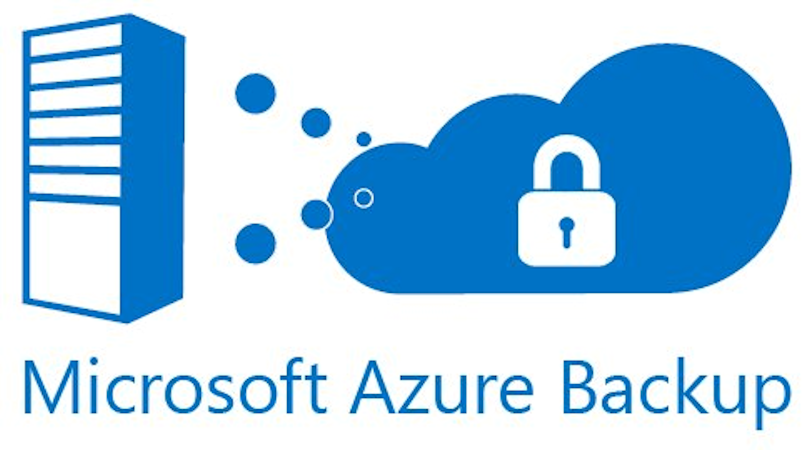

So you take all your backups and you archive them to Azure blob storage, OK? Once it's there you can then still restore individual files directly from that archive. You could do it every day, but once a week, once a month, et cetera. But also you would do it perhaps once a week. Option number two is an archiving function, OK? So this is really designed for long term archiver, so it's cheaper than option one. Or actually to a virtual machine running in Azure. So you can restore individual files or restore individually emails, actually recover machines back to your target core on your local site. Once it's there you have all the restore facilities that you normally do on your local call. As soon as you do a backup, automatically replicate it to that core running in Azure. It runs an active virtual machine, you can actually replicate all your backups.

One is to run an Azure virtual machine, so there's a template in Azure that you can actually deploy. There's a couple of different options, OK? I've got two different options.

So Rapid Recovery has a replication facility built into it, and we can utilize Azure as a replication target. OK, but what happens if you actually lose that core? Maybe there's an office fire or something happens, you need to make sure that your data is off site. Your email, and file and print, et cetera. Your virtual machines and all your data on your physical servers and all your applications. So you have your Windows Server running Rapid Recovery, and it's backing up all your data. So when you look at the screen here on the left hand side, you have your standard office. So in today's short video I'm going to show you how Rapid Recovery utilizes Azure for site backup and recovery. I'm a pre-sales consultant, I look after the data protection portfolio. I work out of the Sydney office in Australia.


 0 kommentar(er)
0 kommentar(er)
